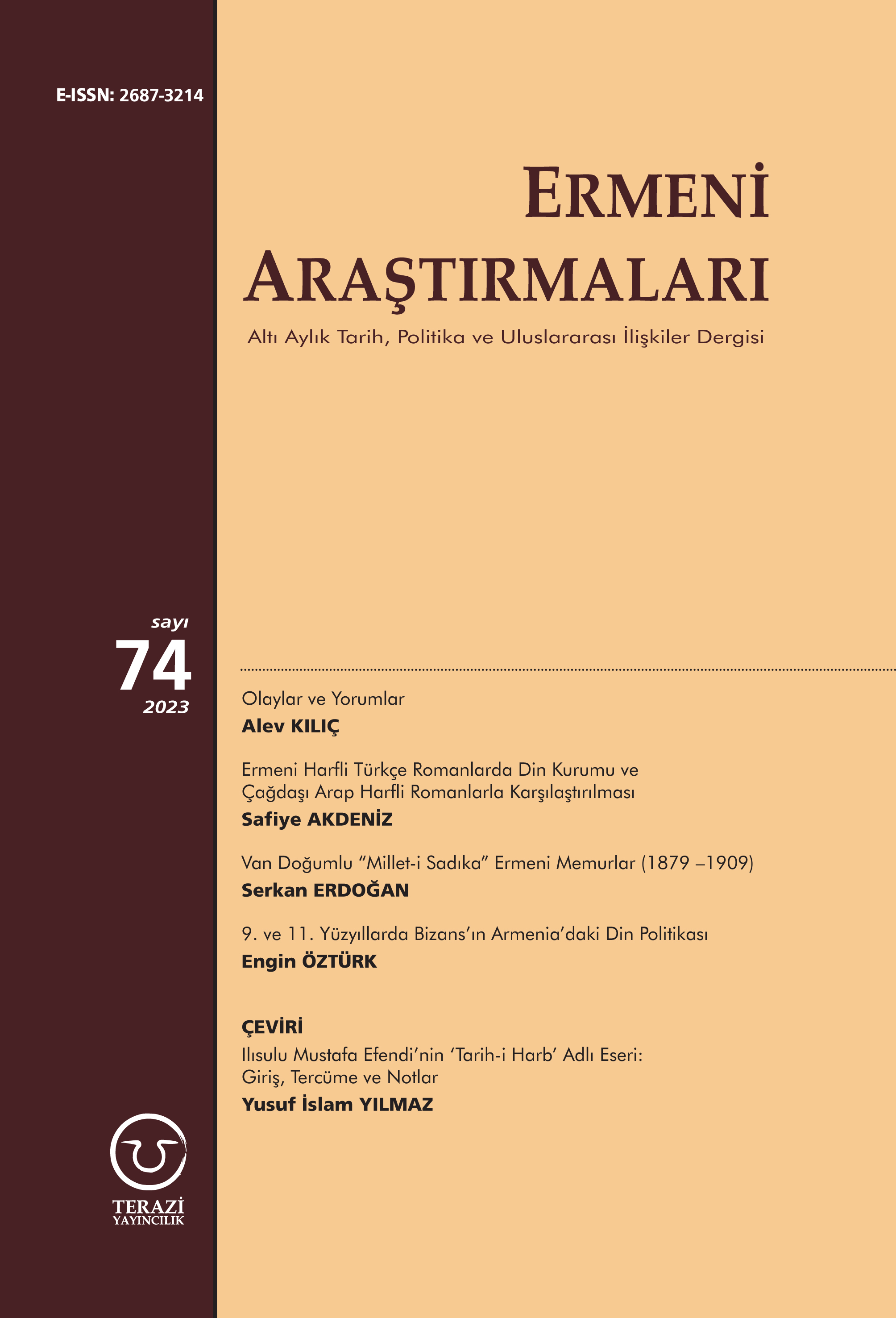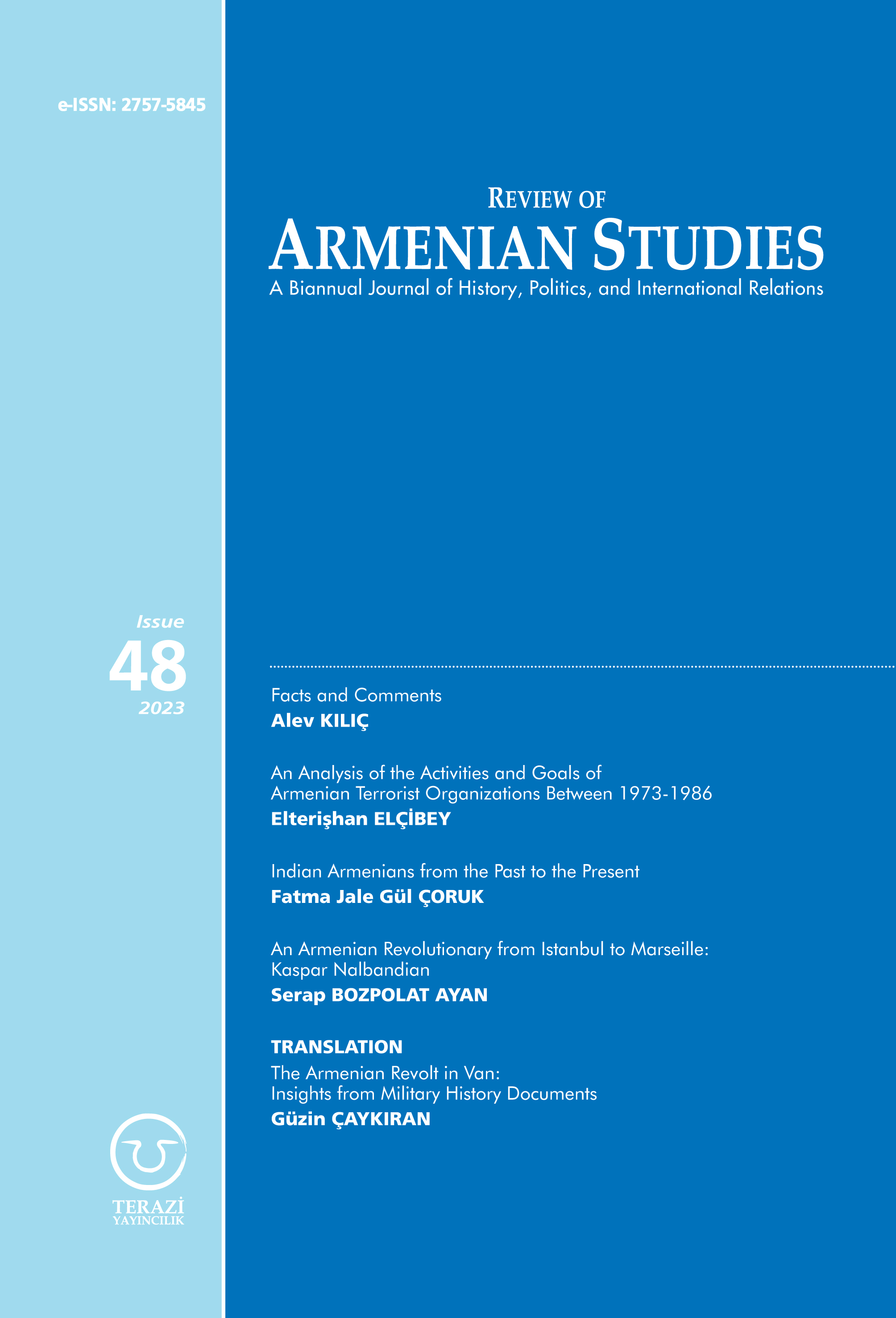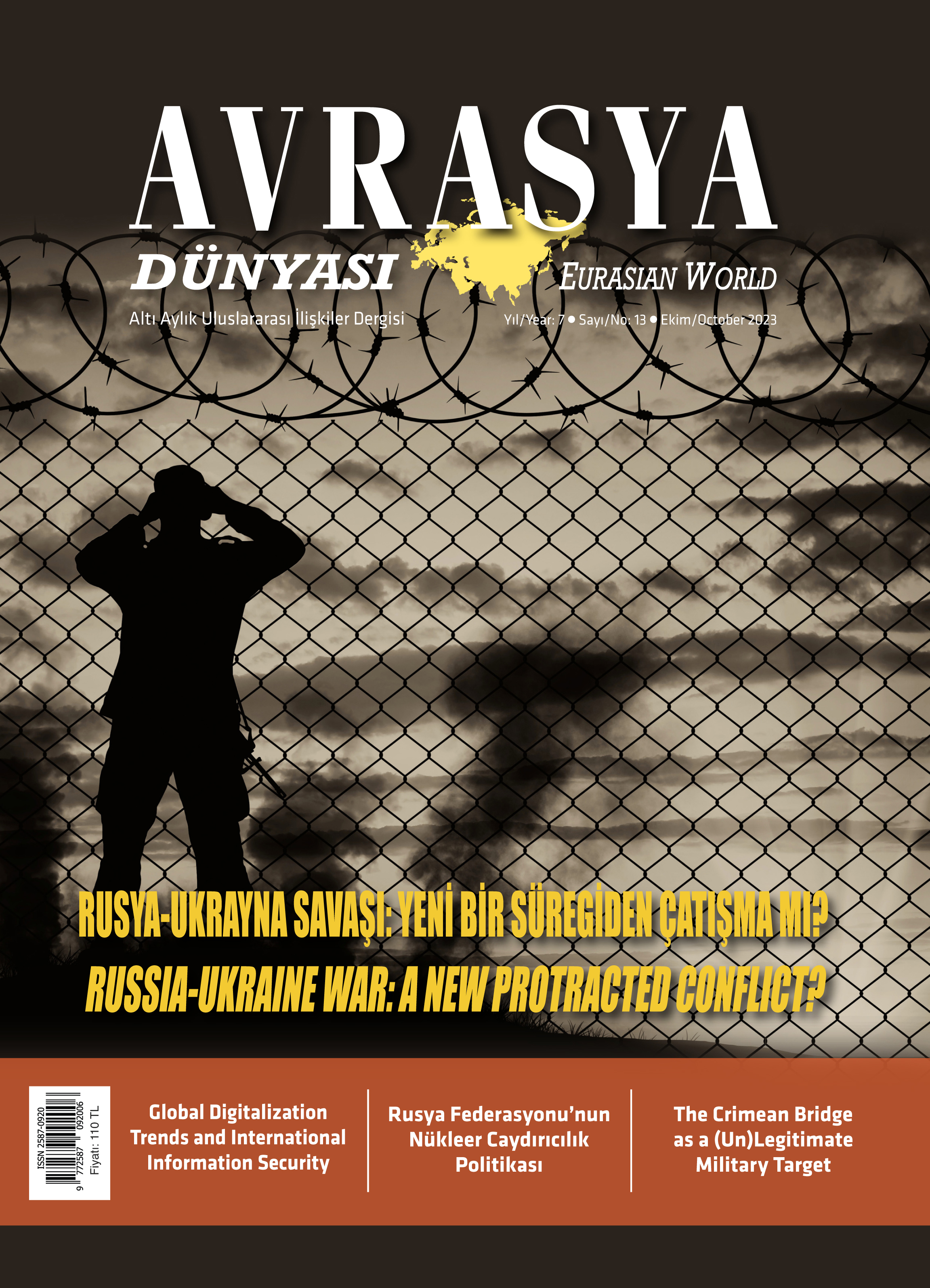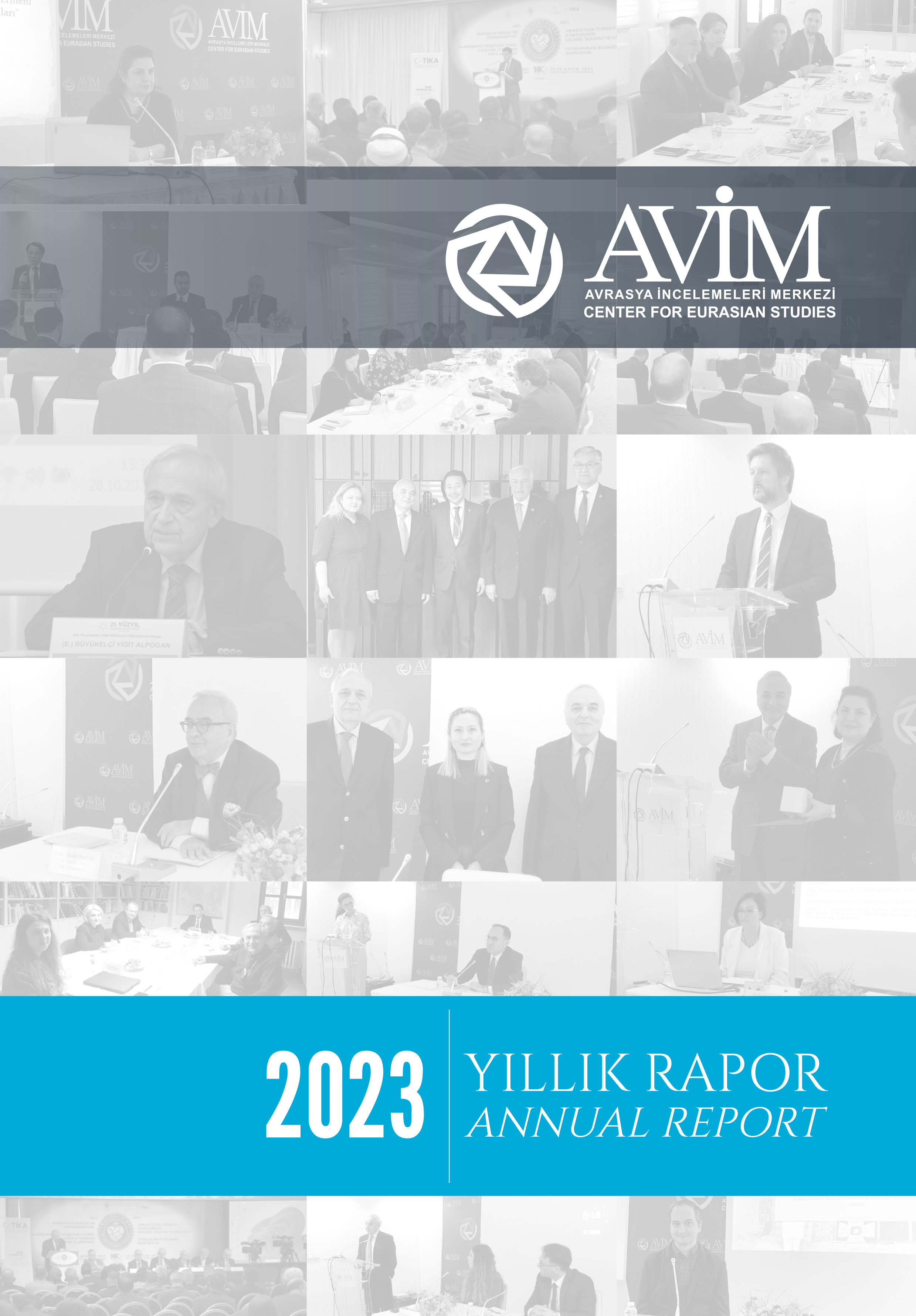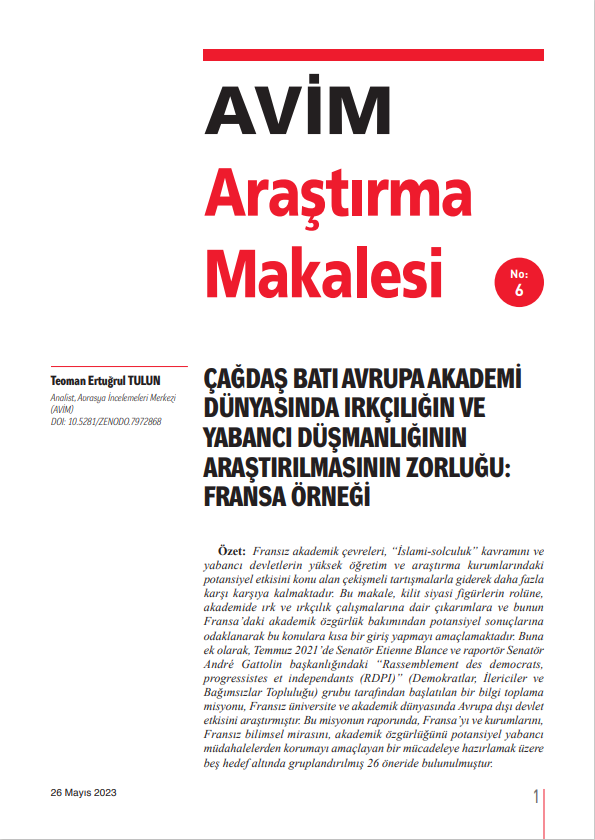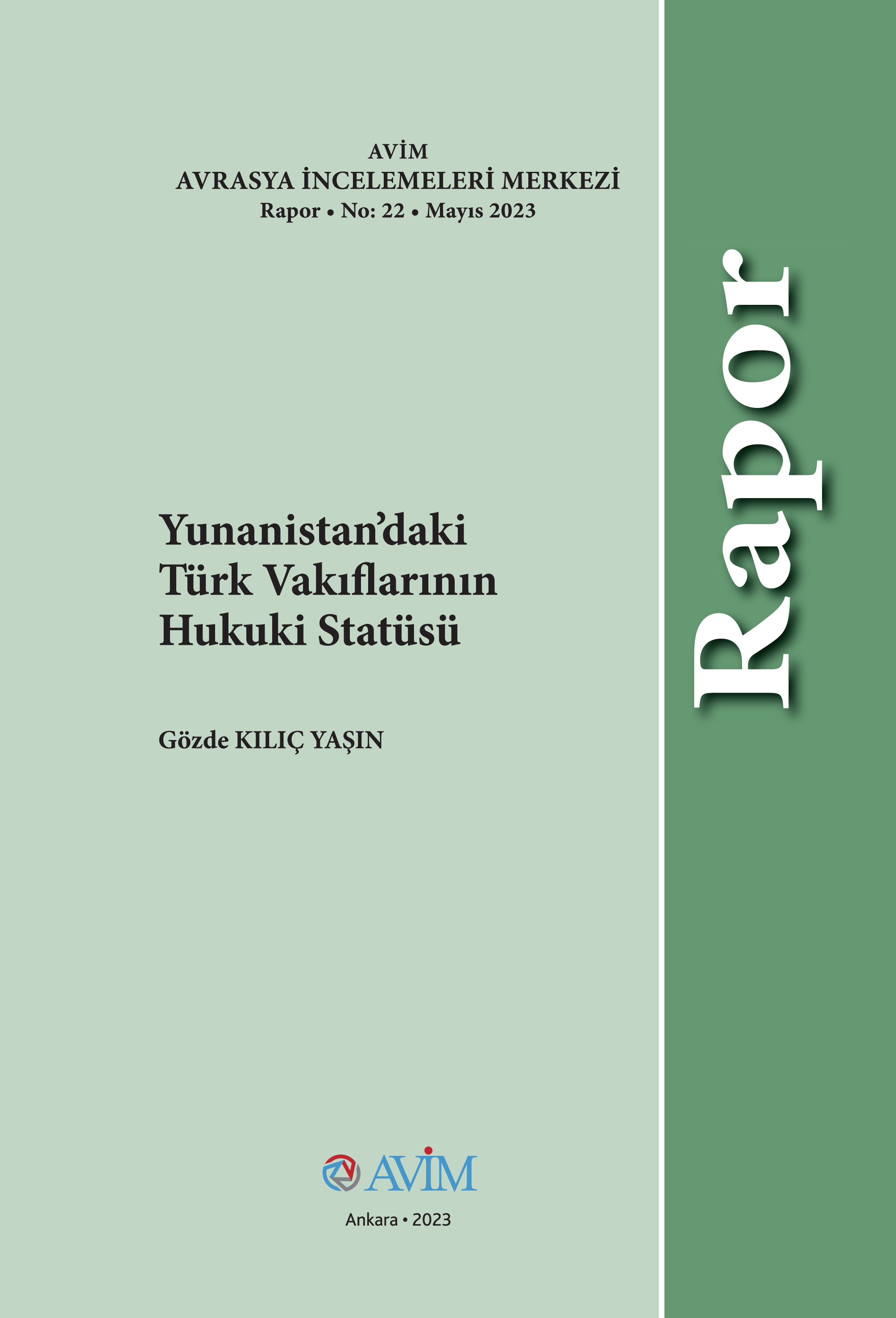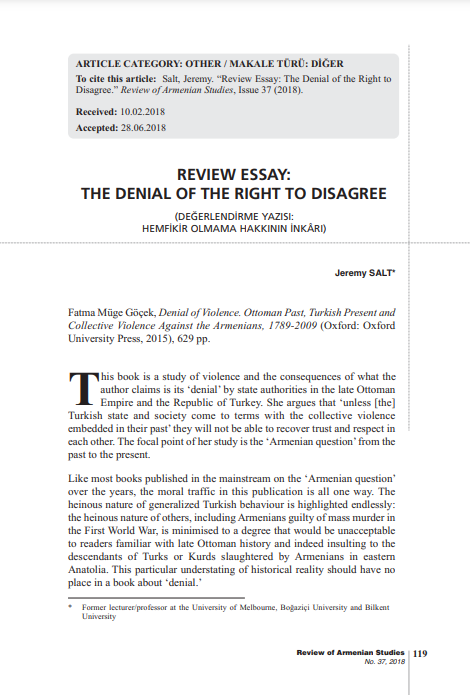The act of erecting a wall between Turkey and Western Europe has started in Greece through EU funds. According to the information provided by European agencies, 10.5 kilometers of the 4 meter tall razor wire fence drawn along the Maritsa River on the Turkish-Greece border has been completed to the cost of 3 million Euros. Thus, the Schengen regulations have taken a concrete and visible shape and Europe is on its way to separation with a new curtain.
The razor wire fence on the Turkish-Greece border is symbolic at this stage. It has brought in a concrete and ugly perspective to a well known understanding and approach. It will not be surprising for it to be extended further in the future. The political footsteps of this approach go all the way back to the policy and initiative of alienating Turkey in the Balkans. Western Europe has never in its history been pleased with the Balkan concept. This depiction evoking Turkish presence and Turkish dominance in the region has formed a sufficient justification to disparage the term. The word Balkan is Turkish. Turkish tribes, who have compared the Balkan Mountains and Balkan geography to the regions they lived in before, have given this name and the region has been identified with this name for centuries.
The definition which the EU has adopted and is trying to impose today is Southeastern Europe. The term, Western Balkans, the geographical concept used for those Balkan countries not yet admitted to enter the EU, is bound to be removed from circulation when the EU membership process is realized. Since a definition for Eastern Balkans does not exist and the border to the east is drawn with Romania, Bulgaria and Greece, Turkey is designed to be alienated from the Balkans in political literature and as such, from Europe.
Turkey has traditionally attached importance and priority to good neighborly relations and cooperation in the Balkans, has also played an active and leading role in the establishment and institutionalization of the “Southeast European Cooperation Process”. The emergence of organizations and institutions with varying memberships, within the scope of Southeast Europe whose numbers and functions are gradually increasing, have inevitably led to Turkey’s presence in the region to be watered down. Greece’s attempts to provide a place for the Greek Cypriot Administration of Southern Cyprus in the region and Slavic countries establishing new formations have also not contributed to regional solidarity.
Turkey’s alienation from the Balkans, in its quest for membership, receiving a cold shoulder from the EU, its European identity and membership of the European family put into question are elements prone to conjure the memories and conditions before the First World War. During that period, the Ottoman administration had first sought cooperation with the allied powers and had made serious inquiries with the major allied powers, France and the UK, but was rather pushed to the other camp by the allies who contemplated the spoils of war as Ottoman territories and were already plotting how to share them. Of course, conditions have changed. Turkey is no longer Europe’s sick man. It has learned its lessons from history and has determined its position with the Treaty of Lausanne.
© 2009-2024 Center for Eurasian Studies (AVİM) All Rights Reserved
No comments yet.
-
THE MINSK GROUP’S REGIONAL VISIT IS IN PROGRESS
Alev KILIÇ 25.11.2012 -
MEXICO AND THE ARMENIAN DILEMMA
Alev KILIÇ 01.11.2012 -
THE UNACCEPTABLE STATUS QUO IN NAGORNO-KARABAKH AND LITHUANIA
Alev KILIÇ 01.03.2013 -
IMPACT OF THE US-EU FREE TRADE AGREEMENT ON TURKEY AND EURASIA
Alev KILIÇ 19.02.2013 -
THE ONGOING ONE-SIDED INTERPRETATION OF HISTORY BY ARMENIAN NATIONALISTS
Alev KILIÇ 29.11.2012
-
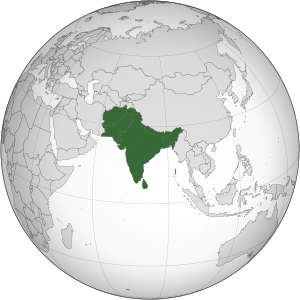 SOUTH ASIA: THE FIELD OF NEW ALLIANCES AND NEW CONFLICTS
SOUTH ASIA: THE FIELD OF NEW ALLIANCES AND NEW CONFLICTS
Selim SEÇKİN 17.03.2020 -
 CONFERENCE ORGANIZED BY AVIM AND KONRAD ADENAUER STIFTUNG TITLED “PROJECTIONS FOR THE FUTURE OF THE TURKISH-ARMENIAN RELATIONS
CONFERENCE ORGANIZED BY AVIM AND KONRAD ADENAUER STIFTUNG TITLED “PROJECTIONS FOR THE FUTURE OF THE TURKISH-ARMENIAN RELATIONS
AVİM 16.12.2015 -
THE BALKANS AND THE EUROPEAN UNION
Alev KILIÇ 14.01.2013 -
ARMENIAN FORUM OF LAWYERS AND TURKEY
Ömer Engin LÜTEM 08.06.2013 -
THE COLLECTIVE SECURITY ORGANISATION SUMMIT IN KYRGYZSTAN
Alev KILIÇ 30.05.2013
-
19.04.2024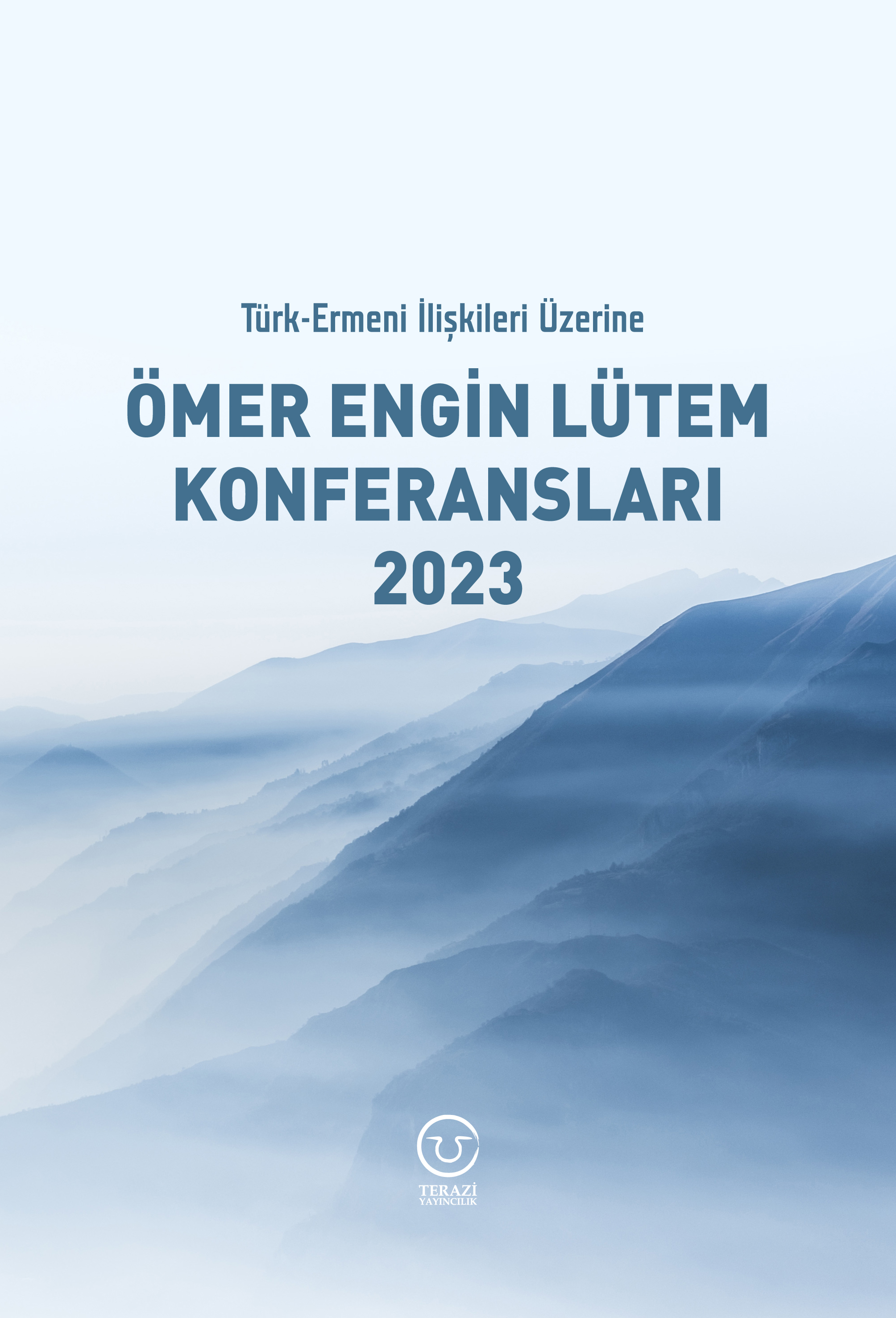
Türk-Ermeni İlişkileri Üzerine Ömer Engin Lütem Konferansları 2023 -
11.04.2023
Türk-Ermeni İlişkileri Üzerine Ömer Engin Lütem Konferansları 2022 -
27.03.2023
RADİKAL ERMENİ UNSURLARCA GERÇEKLEŞTİRİLEN MEZALİMLER VE VANDALİZM -
17.03.2023
PATRIOTISM PERVERTED -
23.02.2023
MEN ARE LIKE THAT -
03.02.2023
BAKÜ-TİFLİS-CEYHAN BORU HATTININ YAŞANAN TARİHİ -
16.12.2022
INTERNATIONAL SCHOLARS ON THE EVENTS OF 1915 -
07.12.2022
FAKE PHOTOS AND THE ARMENIAN PROPAGANDA -
07.12.2022
ERMENİ PROPAGANDASI VE SAHTE RESİMLER -
30.03.2022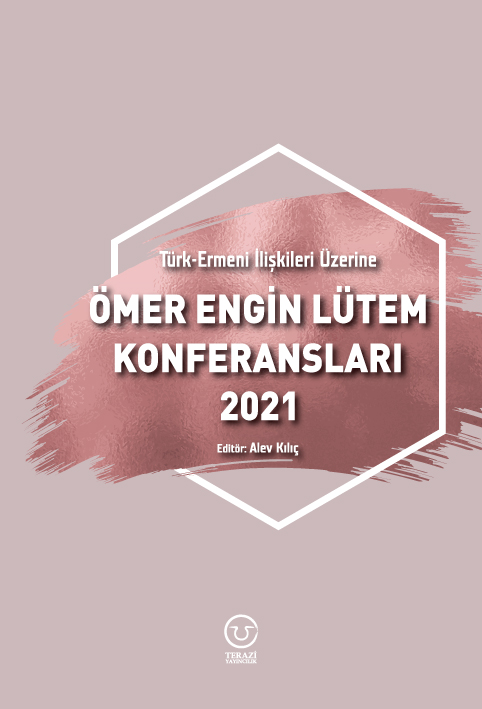
Türk-Ermeni İlişkileri Üzerine Ömer Engin Lütem Konferansları 2021 -
01.01.2022
A Letter From Japan - Strategically Mum: The Silence of the Armenians -
01.01.2022
Japonya'dan Bir Mektup - Stratejik Suskunluk: Ermenilerin Sessizliği -
11.02.2021
Türk-Ermeni Uyuşmazlığı Üzerine Ömer Engin Lütem Konferansları 2020 -
03.06.2020
Anastas Mikoyan: Confessions of an Armenian Bolshevik -
08.04.2020
Sovyet Sonrası Ukrayna’da Devlet, Toplum ve Siyaset - Değişen Dinamikler, Dönüşen Kimlikler -
18.03.2020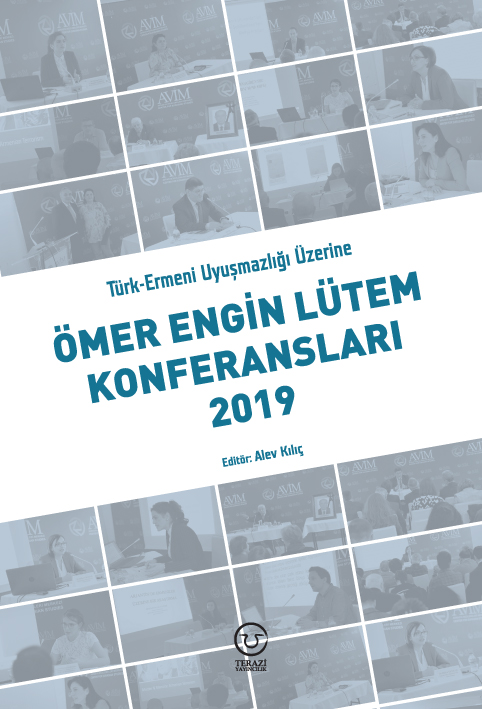
Türk-Ermeni Uyuşmazlığı Üzerine Ömer Engin Lütem Konferansları 2019 -
08.03.2019
Türk-Ermeni Uyuşmazlığı Üzerine Ömer Engin Lütem Konferansları 2018 -
12.06.2018
Ermeni Sorunuyla İlgili İngiliz Belgeleri (1912-1923) - British Documents on Armenian Question (1912-1923) -
02.12.2016
Turkish-Russian Academics: A Historical Study on the Caucasus -
01.07.2016
Gürcistan'daki Müslüman Topluluklar: Azınlık Hakları, Kimlik, Siyaset -
10.03.2016
Armenian Diaspora: Diaspora, State and the Imagination of the Republic of Armenia -
24.01.2016
Ermeni Sorunu Temel Bilgi ve Belgeler (2. Baskı)
-
AVİM Conference Hall 24.01.2023
CONFERENCE TITLED “HUNGARY’S PERSPECTIVES ON THE TURKIC WORLD"

